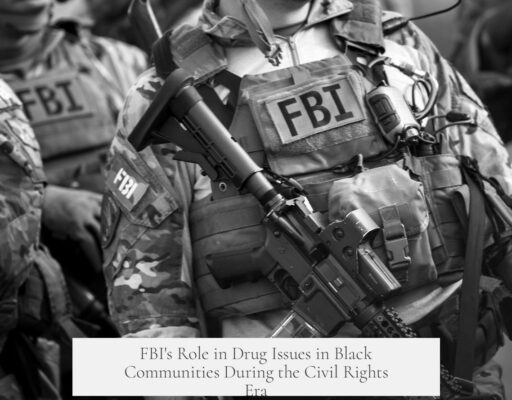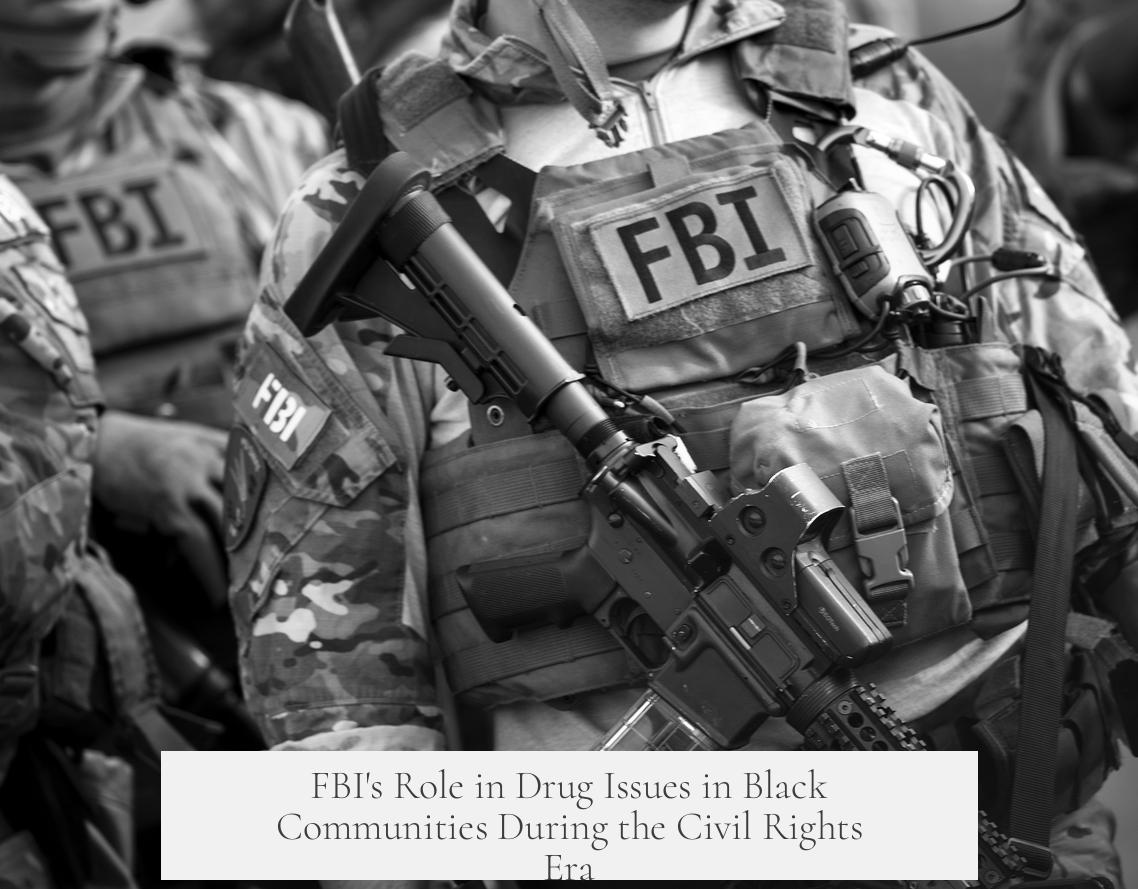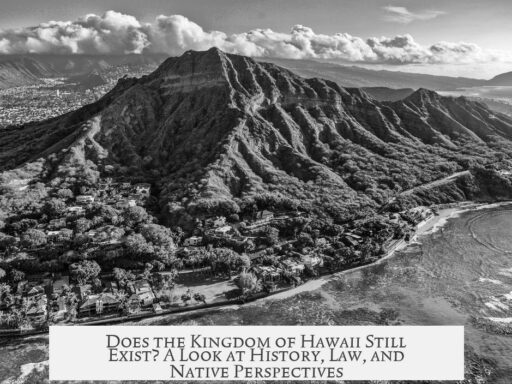There is no conclusive evidence that the FBI deliberately flooded Black communities with drugs during the civil rights era. Claims primarily focus on alleged CIA involvement, but investigations show limited and indirect connections rather than coordinated campaigns targeting Black neighborhoods.
During the 1970s and 1980s, the CIA engaged in drug trafficking in Central America to fund anti-communist rebel groups. This historical fact is documented concerning cocaine and heroin smuggling. However, it remains unclear whether the CIA exercised effective control over how these drugs entered U.S. markets or which communities were affected.
Journalist Gary Webb published claims that the CIA targeted Black neighborhoods in Los Angeles by supplying crack cocaine. These claims sparked public controversy and multiple government inquiries.
Several investigations, including those by local police, state officials, and the U.S. Congress, addressed these allegations. A Justice Department report found two major Los Angeles drug dealers had purported links with CIA-affiliated individuals. Still, these dealers were neither responsible for introducing crack cocaine nor the largest distributors in their neighborhoods.
| Investigation | Findings |
|---|---|
| Justice Department | Two dealers had tenuous CIA ties but mainly sourced drugs elsewhere; no evidence they introduced crack. |
| House Select Committee | Confirmed some connections to CIA-linked smugglers but no decisive role in drug supply; primary suppliers unrelated to CIA. |
Many experts argue that the rise in drug problems and drug-related crime coincided with periods of CIA drug smuggling but was more likely a correlation than cause. The expanding drug market offered lucrative opportunities exploited by organized crime and intelligence entities alike. Black communities became buyers and victims, not direct targets chosen by the FBI or CIA.
Webb’s allegation that the CIA introduced crack cocaine—or that the FBI deliberately flooded Black neighborhoods with drugs—lacks solid proof and is considered an exaggeration. Known intelligence failures and questionable operations in drug trade do exist but do not confirm intentional mass drug distribution by federal agencies to Black communities during the civil rights era.
- No verified evidence confirms FBI-led drug flooding in Black communities during the civil rights era.
- CIA involvement in drug trade existed but with unclear control over U.S. drug distribution.
- Investigations found weak links between CIA and some drug dealers but no decisive connection to large-scale crack introduction.
- Drug epidemic timing aligns with complex social and criminal factors, not direct government targeting.
- Claims accusing FBI/CIA of deliberate targeting remain unproven and controversial.
Is There Evidence That the FBI Flooded Black Communities with Drugs in the Civil Rights Era?
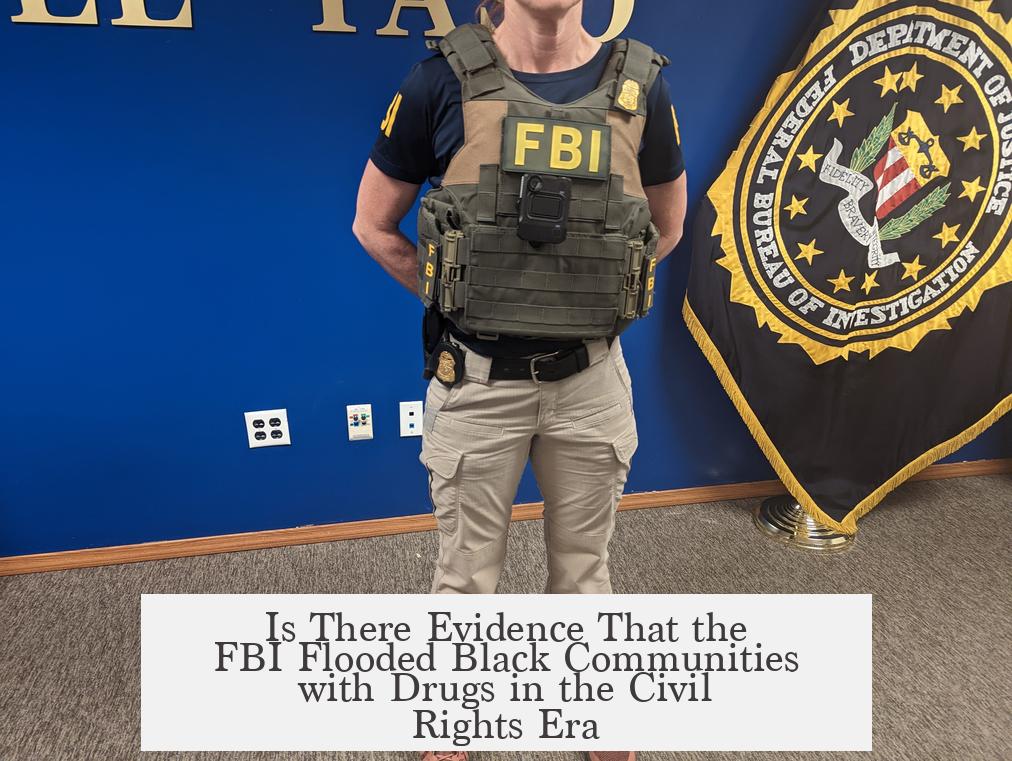
The short answer: no, there is no solid evidence that the FBI deliberately flooded Black communities with drugs during the civil rights era. But wait—before you move on, let’s unpack this complicated and often misunderstood topic. The story involves government agencies, covert operations, drug trade, and some very persistent rumors.
First, it helps to clarify the roles and timelines of these agencies. Most claims floating around involve the CIA, not exactly the FBI. After all, people often mix the two up like peanut butter and jelly, but they serve quite different purposes.
Back in the 1970s and 1980s, the CIA’s drug trade involvement in Central America is well documented. They supported rebel groups fighting communist and socialist regimes, and some of that support was notoriously funded through drug smuggling—primarily cocaine and heroin. This created a tricky maze where intelligence, crime, and politics tangled up their feet.
“It’s historical fact that the CIA got into the drug trade during the ’70s and ’80s in Central America to help fund rebel groups.”
Interestingly, the CIA had toyed with drugs long before that. From post-World War II heroin smuggling to experimenting with LSD, the agency’s past is messy. But this doesn’t translate neatly into meaning the CIA had full control over where those drugs ended up once they hit U.S. soil.
This nuance matters because many allegations suggest the agency purposely targeted Black neighborhoods, especially in cities like Los Angeles, during the rise of crack cocaine.
The Gary Webb Controversy: A Flashpoint in the Debate
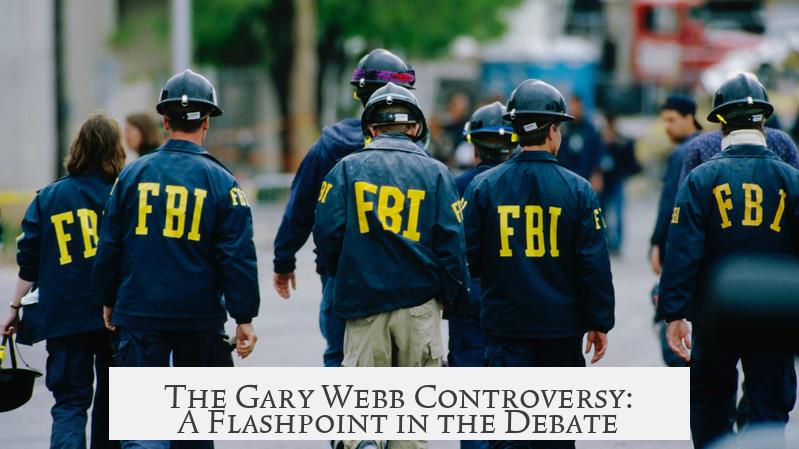
Journalist Gary Webb famously claimed in his Dark Alliance series that the CIA was directly responsible for introducing crack cocaine to Black communities, mainly Los Angeles. Sounds serious, right? Public outcry followed.
Webb alleged that the CIA-backed Contra rebels in Nicaragua funneled cocaine into inner-city Black neighborhoods to finance their operations. The implications were damning, suggesting both a governmental betrayal and a deliberate plan to devastate communities.
Yet authorization for such a conspiracy isn’t firmly backed by clear evidence.
How Investigations Shaped the Reality
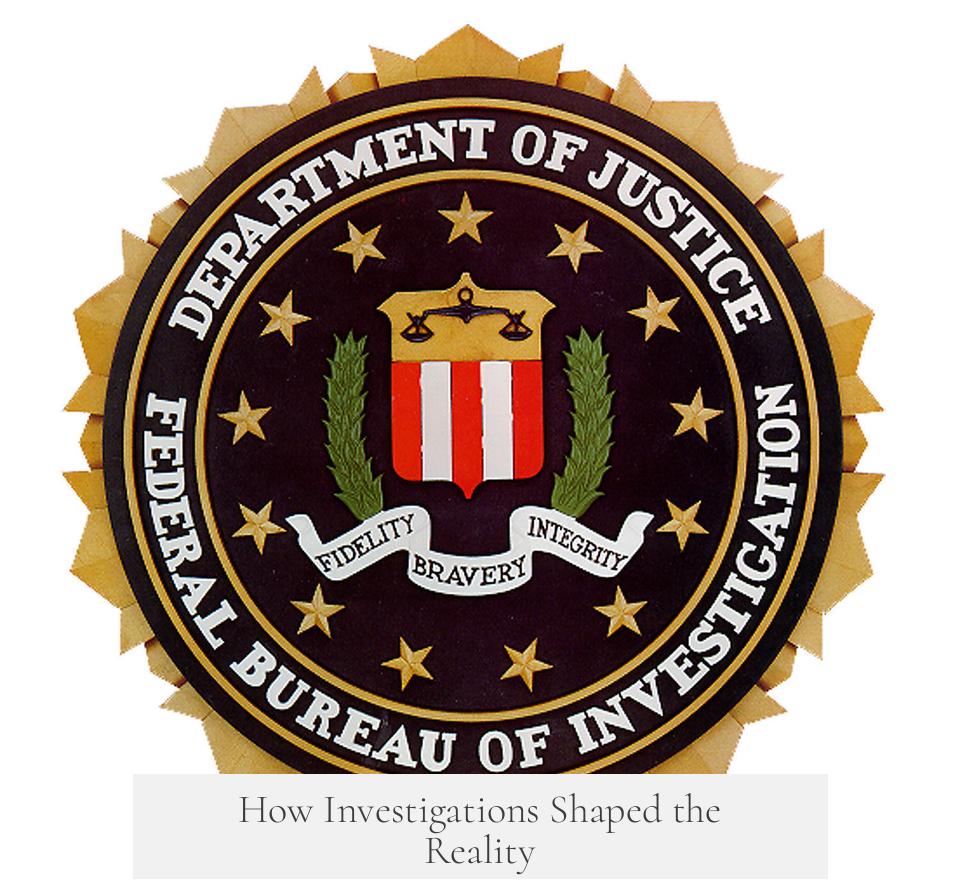
Following Webb’s claims, several investigations unfolded. State officials, local police, and even Congressional committees took a bite out of the issue.
| Investigation | Key Findings |
|---|---|
| Justice Department Report | Identified two significant drug dealers with ties to the CIA. However, these dealers neither introduced crack nor were the largest dealers. |
| House Select Committee Report | Found only loose connections between those dealers and CIA affiliates; unclear drug origins; mostly non-CIA suppliers. |
The big takeaway? Even though a couple of drug dealers were connected somewhat to CIA-associated individuals, it’s misleading to say the CIA or FBI flooded Black neighborhoods with drugs consciously.
Causation Versus Correlation: What’s the Real Link?
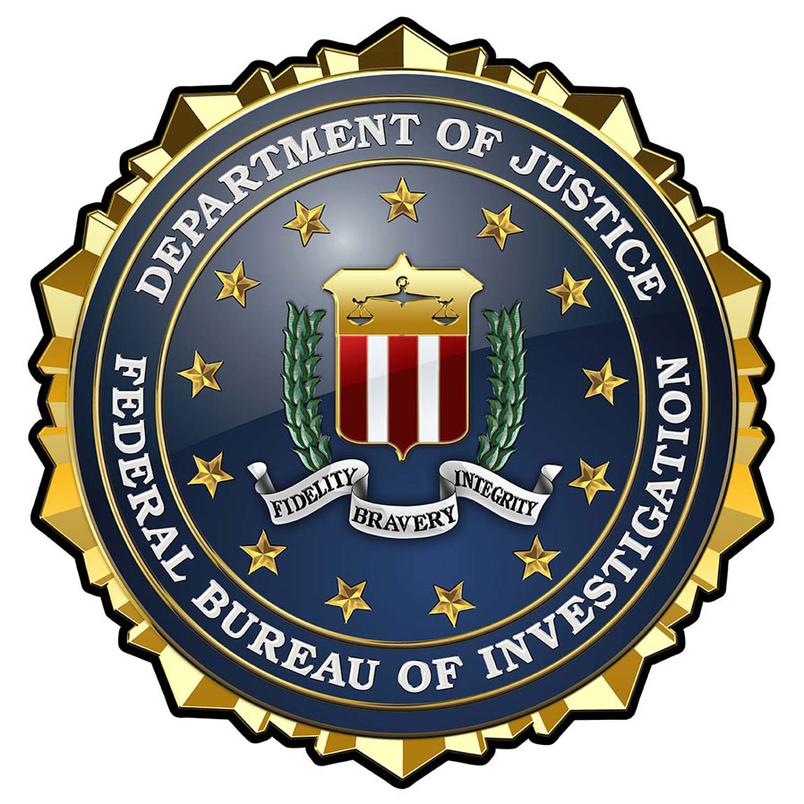
Timing can be tricky. Yes, the surge in drug use and crime in many Black communities coincided with the CIA’s alleged involvement in drug smuggling. But that’s correlation, not causation.
It’s tempting to connect those dots and point fingers at a sinister plot. However, as some experts argue, it’s probably the other way around: widespread drug issues created lucrative markets that various players—including corrupt agents and criminals—exploited.
In other words, Black communities were already buyers in these markets, which opportunistic networks then targeted. The flood of drugs wasn’t so much a government weapon as it was the side effect of geopolitical struggles and organized crime intersecting.
What About the FBI?
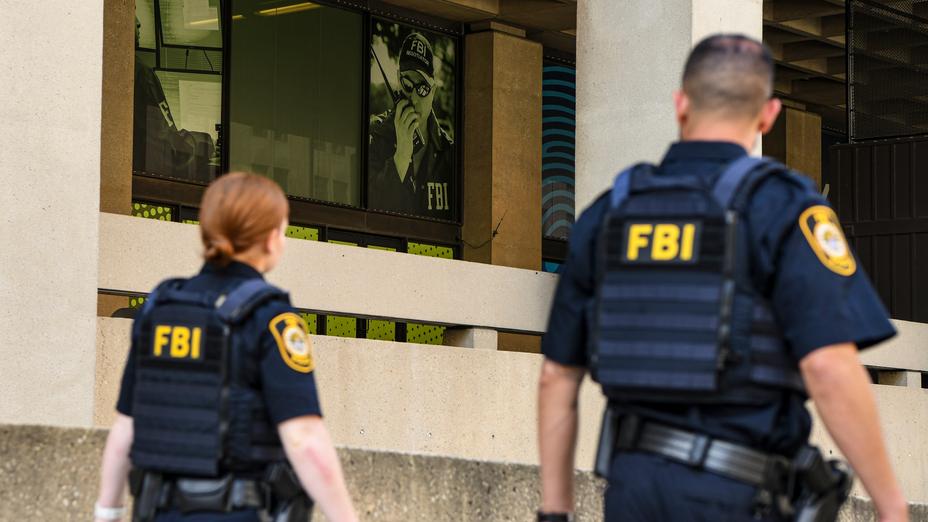
Unlike the CIA, claims about the FBI flooding Black neighborhoods with drugs during the civil rights period don’t hold much water. The FBI’s reputation for COINTELPRO and other troubling surveillance practices is well-known, but that’s distinct from allegations about drug trafficking.
The data and investigations don’t link the FBI directly to drug introducing or distribution in these communities.
The Bottom Line and Why It Matters
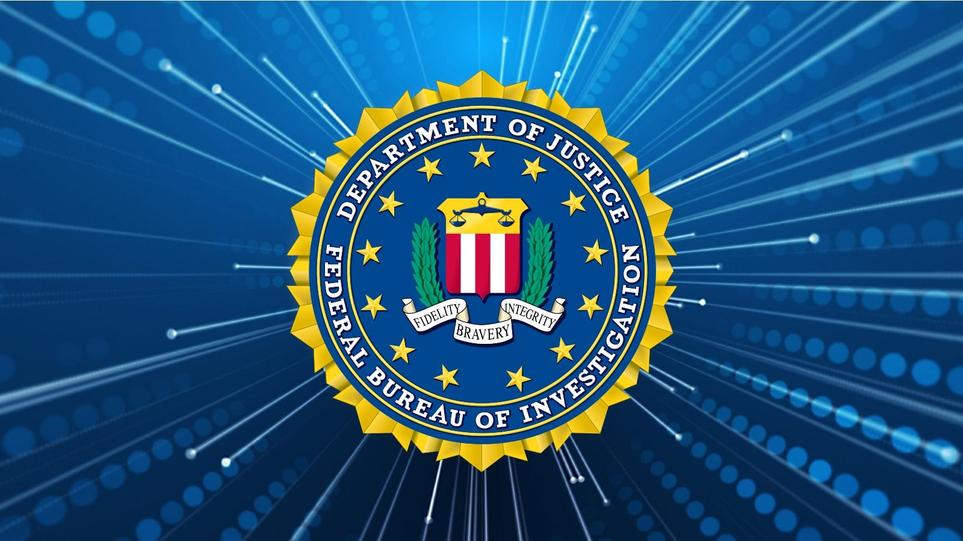
Gary Webb’s stories shed light on embarrassing intelligence operations—operations with unintended consequences and moral failures. But his most explosive allegation—that the CIA and FBI dragged Black neighborhoods into the crack epidemic deliberately—remains unsupported by conclusive evidence.
Does that mean the agencies bear no responsibility? Not at all. Policies, covert actions, and neglect often disproportionately hurt minority communities. Still, distinguishing between intentional sabotage and consequence-driven fallout is essential.
So, is there evidence that the FBI flooded Black communities with drugs in the civil rights era? The evidence leans heavily toward no. Government entanglement with drug trafficking is real but far murkier, mostly tied to CIA operations decades after the civil rights era.
But here’s a thought-provoking question: How much damage is done by misinformation when it drowns out genuine issues needing attention? Instead of focusing on conspiracy theories, might it be more productive to address how systemic inequalities continue to affect communities today?
What Can We Learn From This?
- Always check the difference between correlation and causation.
- Note that government agencies’ covert actions sometimes cause unintended harm without necessarily having a malicious direct agenda.
- Understand how misinformation can muddy critical conversations about race, crime, and justice.
Recognizing this complexity helps us think critically about history. It pushes us to seek truth without losing sight of the real systemic changes still needed.
So next time someone asks, “Did the FBI flood Black communities with drugs during the civil rights era?” you’ve got the nuanced, well-researched answer. It’s a mix of myth, partial truths, and a tangled web of espionage, but outright evidence? Not so much.
To delve deeper, consider reading Congressional reports and investigative journalism that explore these themes without sensationalism. And for a splash of true intrigue: the CIA’s dance with drugs is a wild tale, but it mostly plays out far from American streets.
